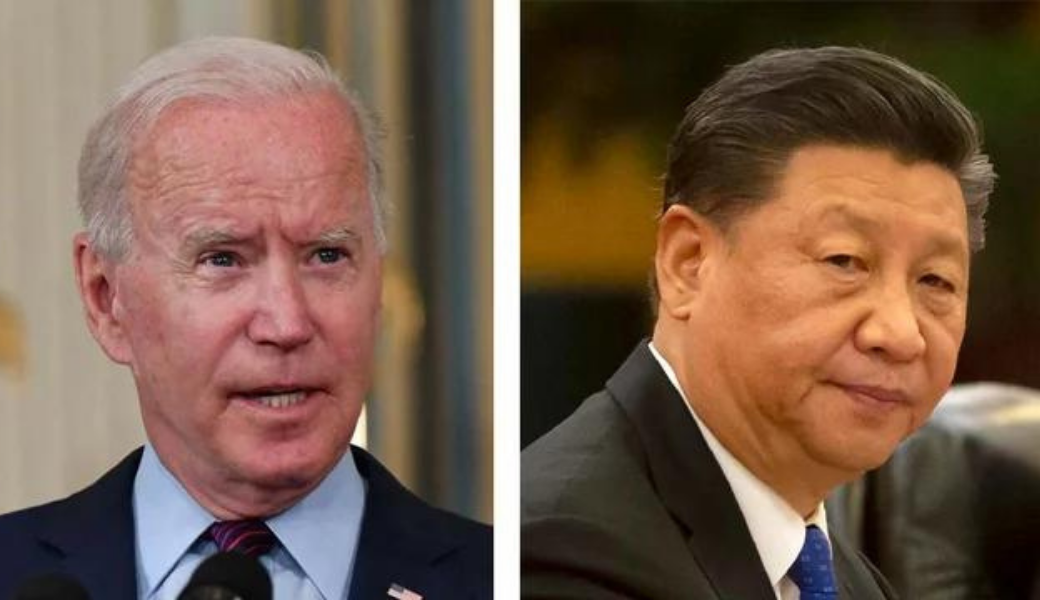U.S. And E.U. Planning To Address Steel Overproduction In China

President Biden has ramped up efforts to repair the U.S.-European Union trade relationship and form a united Western front against China with a recent deal to ease Trump-era steel and aluminum tariffs.
Under an agreement struck this weekend, the U.S. will lift tariffs first imposed by former President Trump in 2018 on European steel and aluminum imports beneath a certain quota.
The EU, in exchange, will forgo planned 50 percent tariffs on bourbon, denim jeans and motorcycles that U.S. officials feared would cause layoffs and further shortages ahead of the December holidays.
The U.S. and EU also agreed to start longer-term talks focused on curbing imports of “dirty” steel produced through high-emission methods — a direct shot at China and its zealous overproduction of steel to undercut U.S. and European prices.
“We will directly engage with China on its industrial policies, but we will also take all steps necessary to protect ourselves against the waves of damage inflicted over the years through unfair competition,” U.S. Trade Representative Katherine Tai said in a Tuesday speech at the American Iron and Steel Institute and Steel Manufacturers Association summit in Washington, D.C.
“We need to be prepared to deploy all tools and explore the development of new ones, including through collaboration with other economies and countries.”
The deal was not a complete departure from Trump’s focus on using trade barriers to extract better terms for economically vulnerable and politically crucial U.S. industries. Both Trump and Biden have stressed the importance of reorienting U.S. trade policy around blue-collar workers instead of lower prices and better corporate margins in general, an idea historically more popular among Democrats.
“It’s still a very worker-centric trade policy. This is not an entire elimination of tariffs. This is a quota, and there is a huge focus on countering China,” said Marie Kasperek, director of the Institute of International Economic Law at Georgetown Law School.
Read the full article from The Hill here.
Please Sign in to View
Log in to view member-only content.
If you believe you are receiving this message in error contact us at memberservices@rvia.org.
